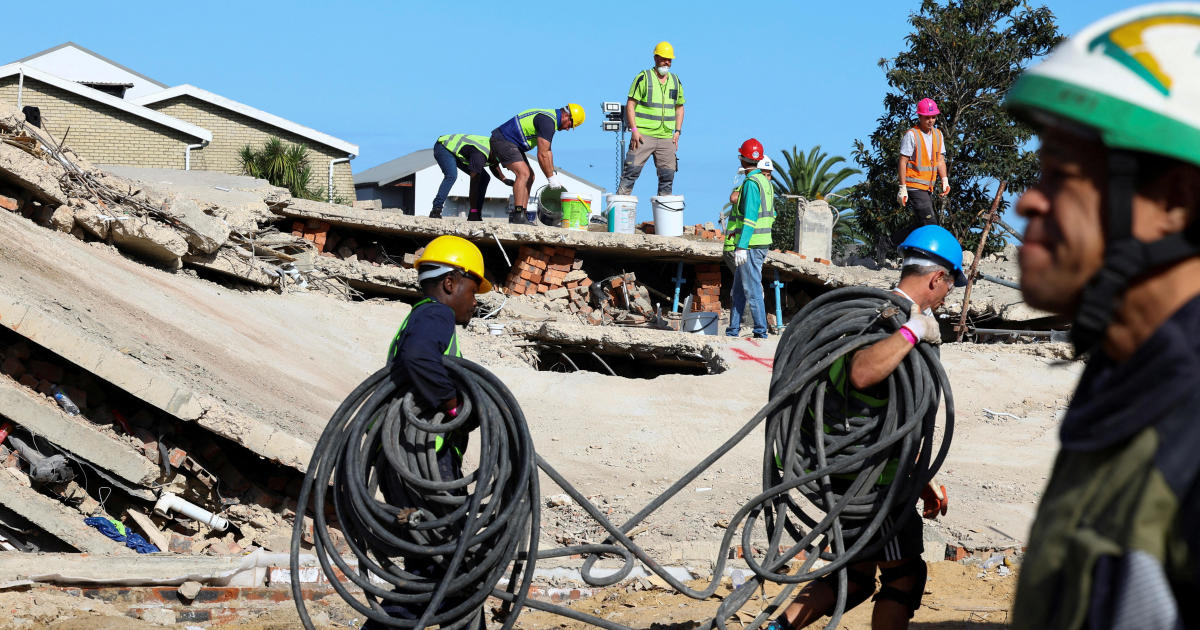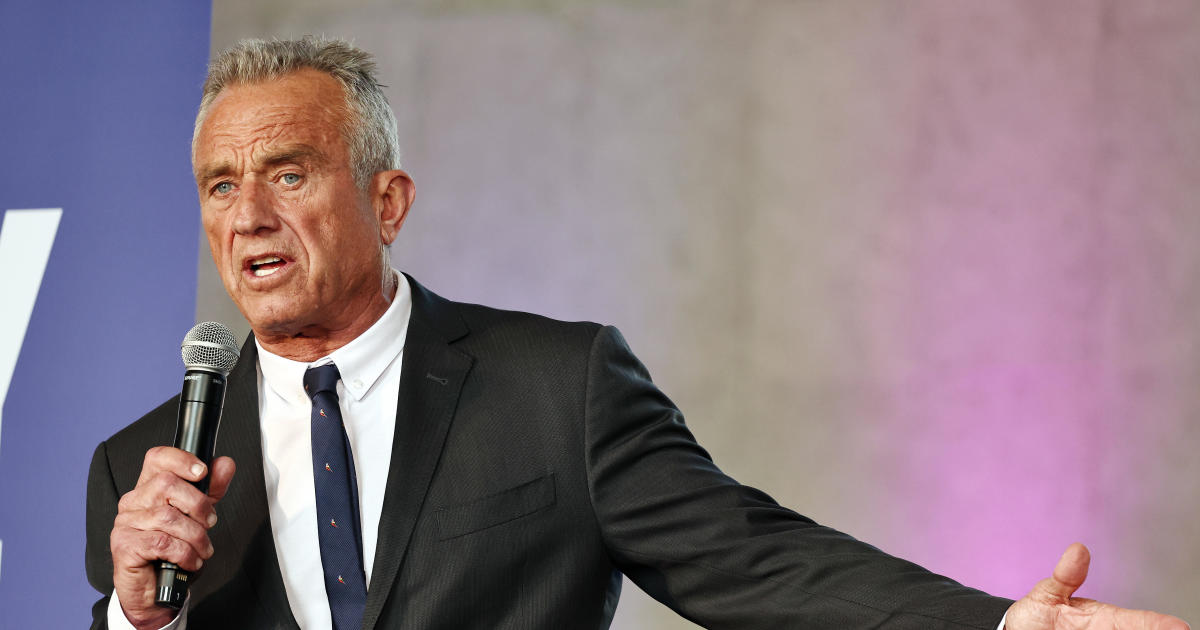Building a better cubicle
As the creator of "Dilbert," the hugely popular comic strip character with attitude, Scott Adams pokes fun at the modern miseries of corporate life, especially that icon of the contemporary workplace, the office cubicle. Correspondent Anthony Mason reports for CBS News Sunday Morning.
Says Adams, "Oh, I probably get -- 300 messages a day by email from people who work in cubicles. And half the time, they're complaining about their cubicle. And I realized, at some point, I might be the world's expert on what's wrong with cubicles, and so we thought, 'Wouldn't it be fun to get together with some of the smartest design guys in the world and try to figure out if we could make the cubicle better?'"
How do you change what millions of people work in? Scott Adams chose to go to one of America's leading industrial design firms, Ideo. It's a company that has not only designed objects like chairs and cameras, but entire office environments like the Stanford University Learning Lab.
"I think designers, if they want to do anything, it's they want to make a difference. They want to have people's lives be different through what they do," says Tim Brown, the CEO of Ideo. He sees his company as specializing in creativity.
So how do you turn innovation into a business?
"By having ideas that are really useful to people."
They may not have designed the proverbial "better mousetrap." But they have designed the better mouse.
Brown says that, on the original Microsoft mouse, they moved the ball to the front, which "made people much more accurate, because the ball was actually under their fingers."
But for client Scott Adams, the assignment was to design a cubicle that even Dilbert might enjoy. For a prominent design firm like Ideo, this was a somewhat peculiar project. But it quickly became a challenge, an exercise in innovation and an intense examination of the American work place.
It turns out creativity has its own rules. And for design team leader Fred Dust, the first rule is to observe. Though they work in a wide open office space spectacularly set under San Francisco's Oakland Bay Bridge, the team built their own little cubicles to fully experience the problems.
They took pictures, and studied the photos. First, they observe. Then, they brainstorm. A large group of Ideo specialists was assembled for a two-day brainstorming session called "the deep dive."
Says Adams, "I've heard there are about 35 million cubicles in the United States alone."
The goal: Come up with ideas that could change cubicles as we know them.
Says Brown, "If you put a bunch of people in a room and say, 'Think of only the ideas you know you can make and only think of the ideas you know are the right ideas,' they never come up with good ideas."
So there were proposals for inflatable cubicles and two-story cubicles, "so you can go upstairs and take a little nap."
The drawings were posted on a board for everyone to judge.
"What's nice about that," explains Dust, "is you come out of it with wide open possibilities. And then you start to sort of question. I mean, we always sort of say that it's like you start with your head in the clouds, and you end up with your feet on the ground by the end of the project."
Eventually, three teams are given two hours to come up with a presentation of their ideas. But there is a method in the madness. The first group builds a cubicle in which the walls are screens for the computer and for family photos, and foam cubes becme a kind of mobile work station.
"So what's happening," says Dust, "is when you go to another cubicle, you can wheel your landscape with you."
In the second group, there are "living walls," carrying the idea of making the cubicle more human. And the third team proposes a portable work pole that opens like an umbrella.
So as project manager, at the end of the day, how did Dust feel?
"I feel fantastic," he said. "It's amazing to see...the lack of repetition in ideas... Actually, each group came up with very different concepts. So we couldn't be happier."
That was the beginning of a month of work, sorting through the ideas and turning them into something real. And finally, there was a full-blown prototype of Dilbert's Dream Cubicle.
The end result: "It's a building block system," says Dust. "In fact, if you actually start to pop some of them off, they have these kind of little plugins so that they actually snap into place."
It's a cubicle constructed of fully customizeable cubes.
Dust adds, "I like the fact that all the storage is, like, built right into the walls."
That allows you to house some homey touches, like your goldfish or a therapeutic punching bag. Says Adams, "I see this is customizeable for the boss of your choice."
Or a hammock for that stress-relieving siesta.
"So the final thing," says Adams, "is a little bit different from what anybody had in their head. Better, I think."
Fred Dust and his team were exhausted. But in the end, for Ideo, it's all about ideas that are useful.
Says Adams, "They came up with a structure that's so good, I wouldn't be surprised if eventually this turned into a marketable product... Life would be sweet in a cubicle like this."



